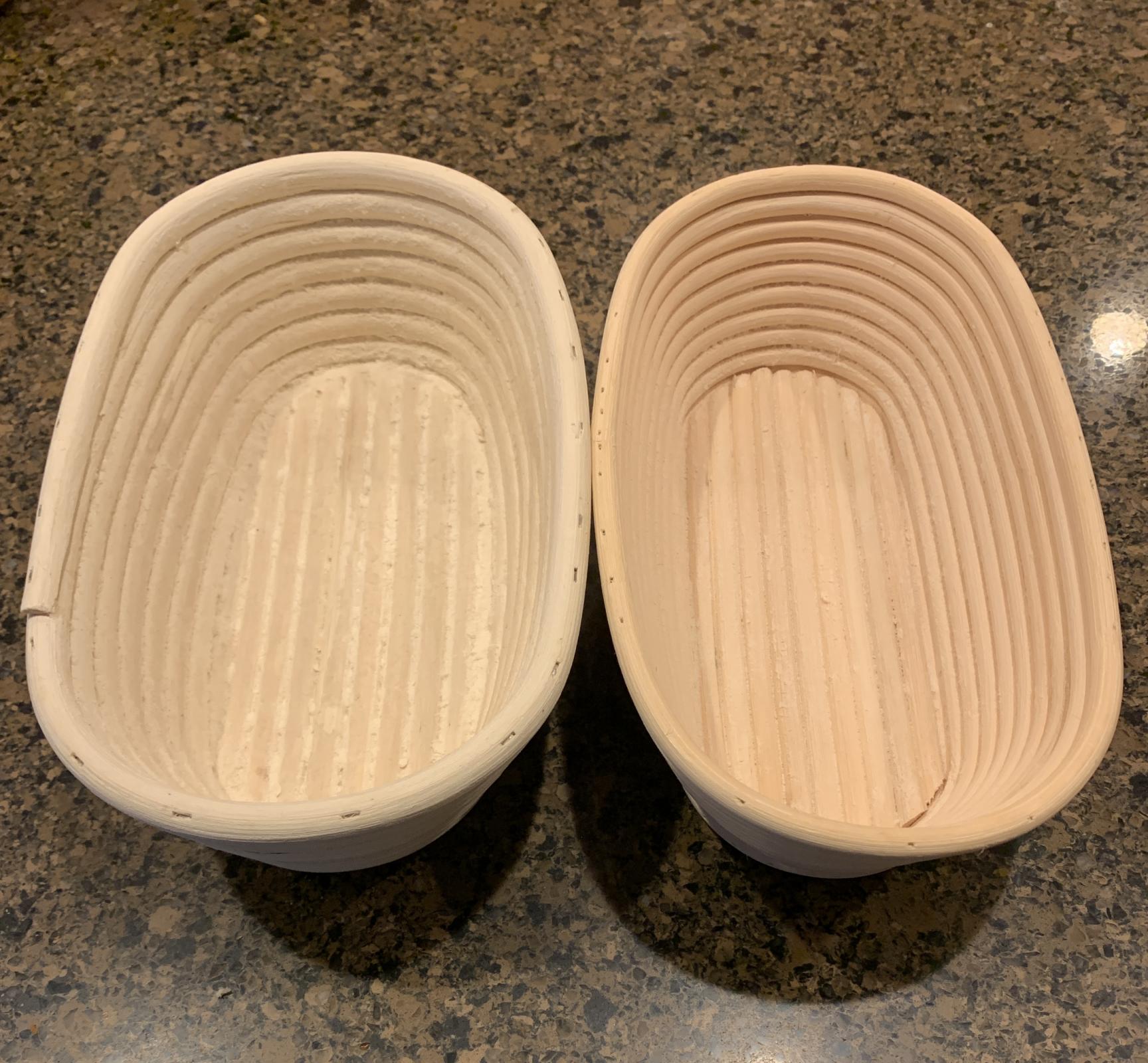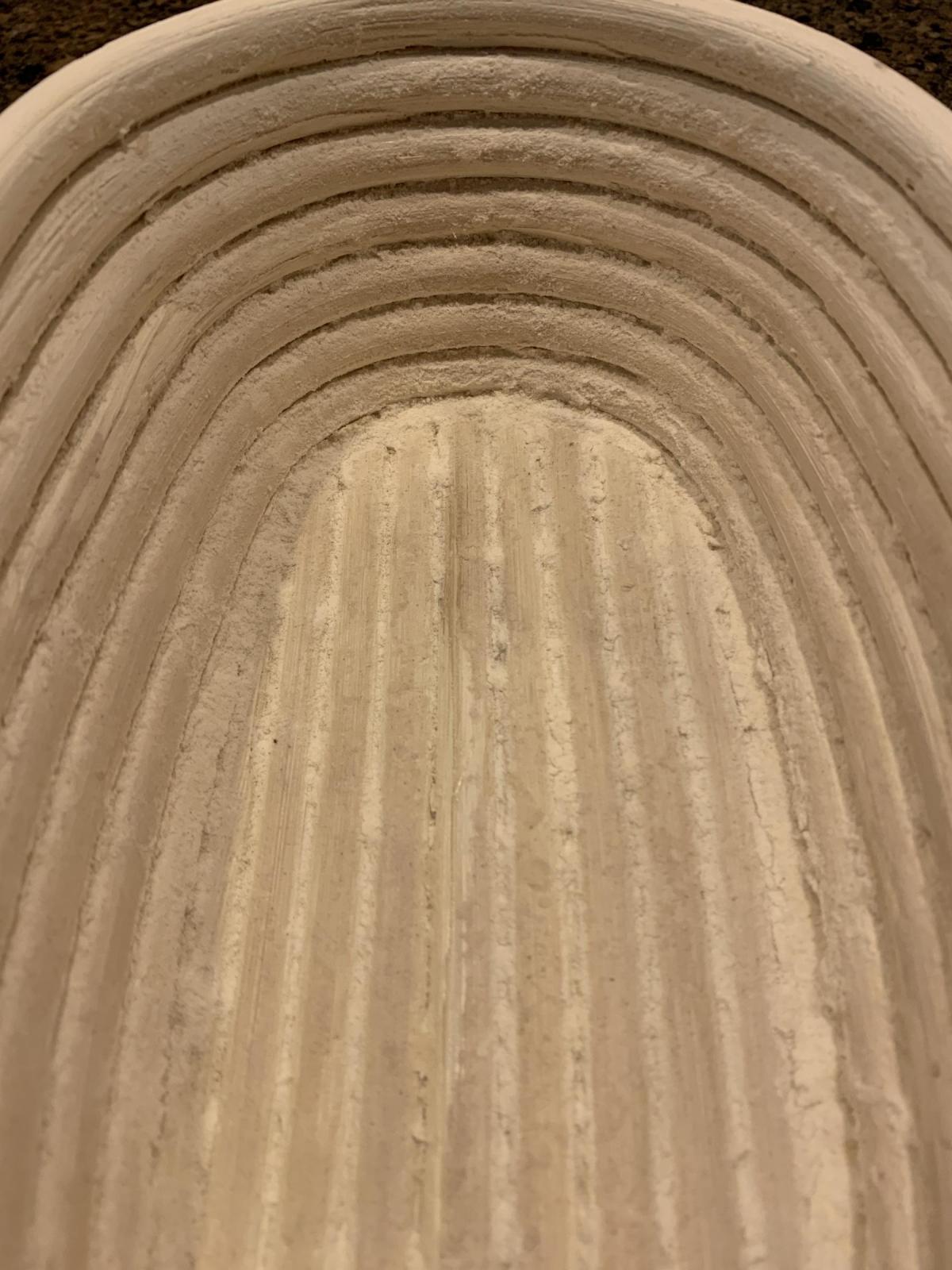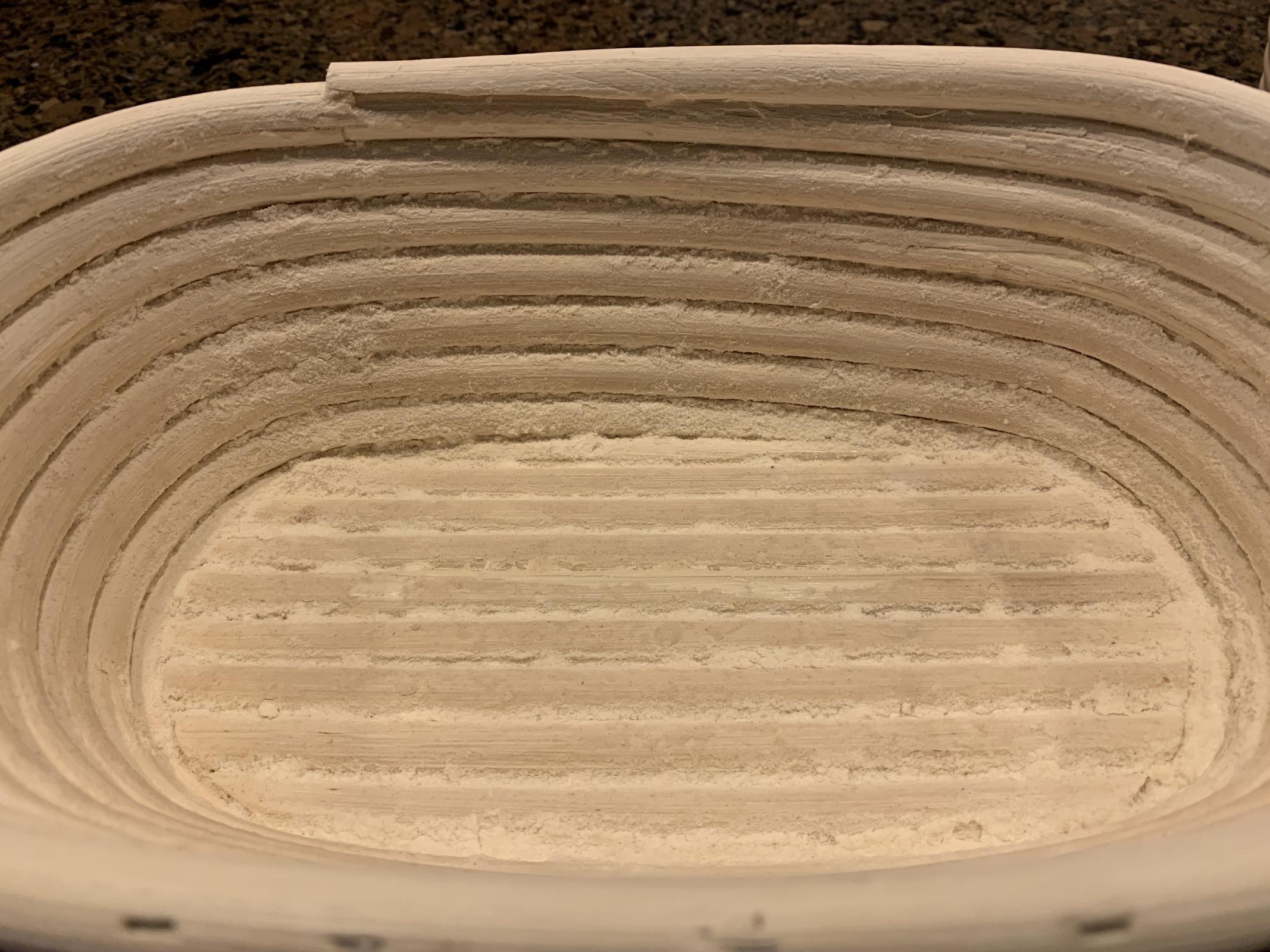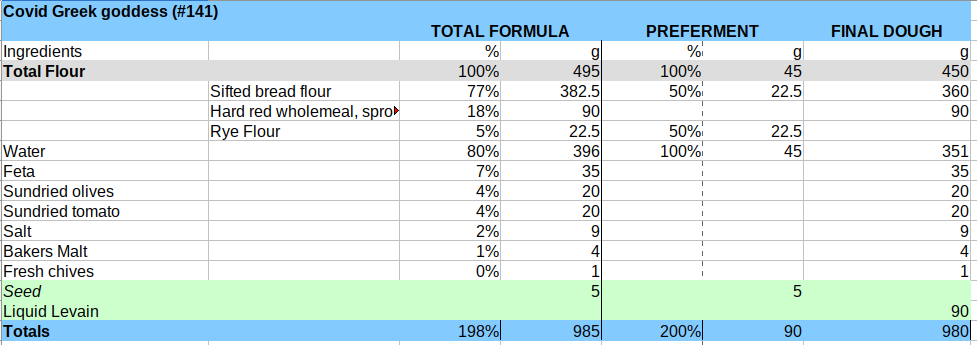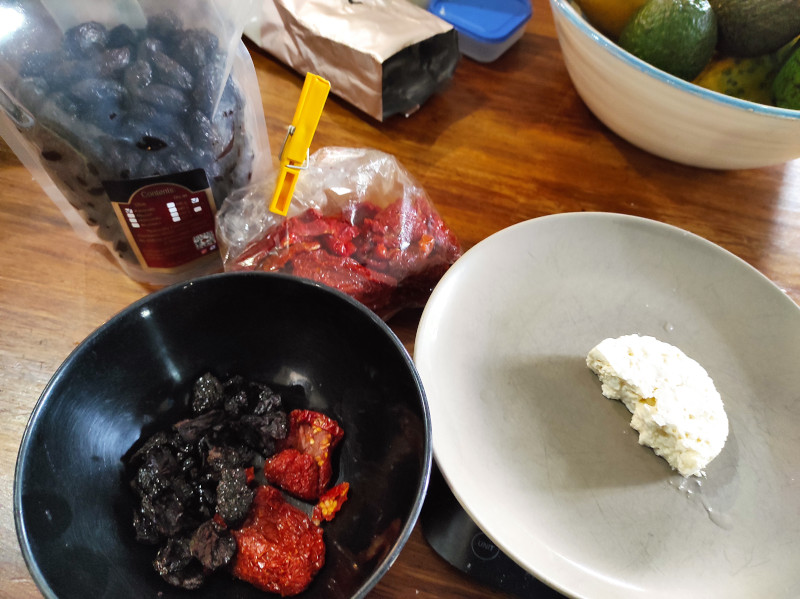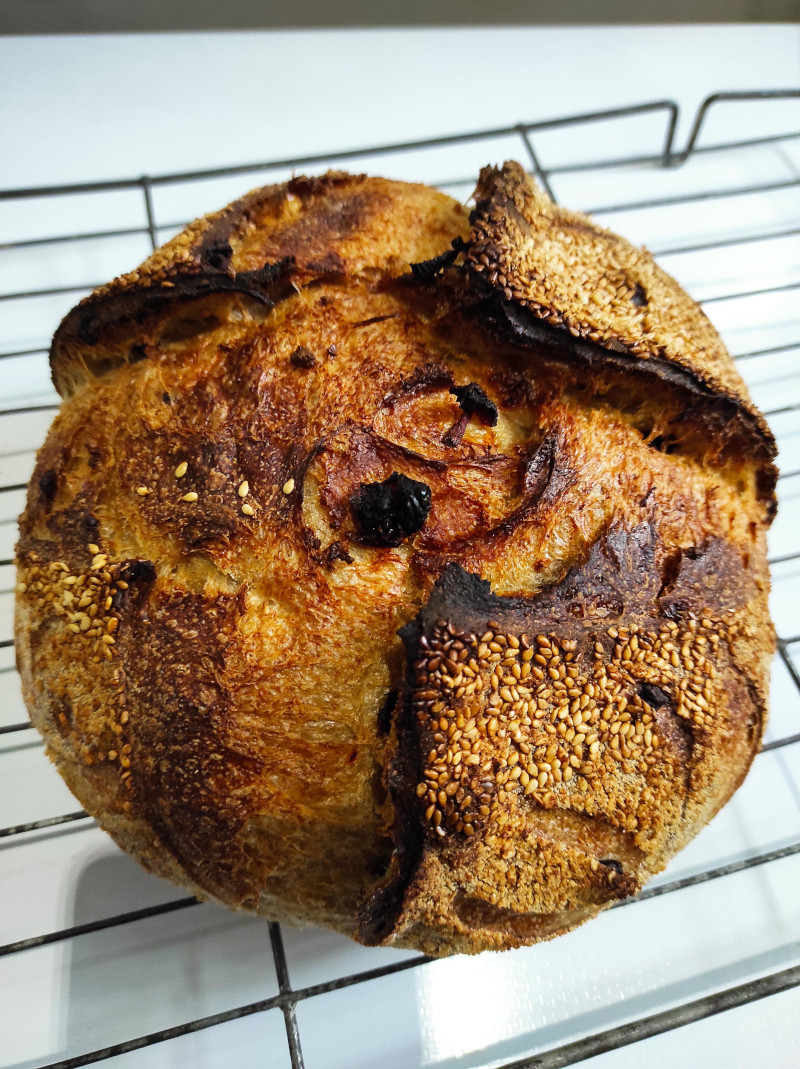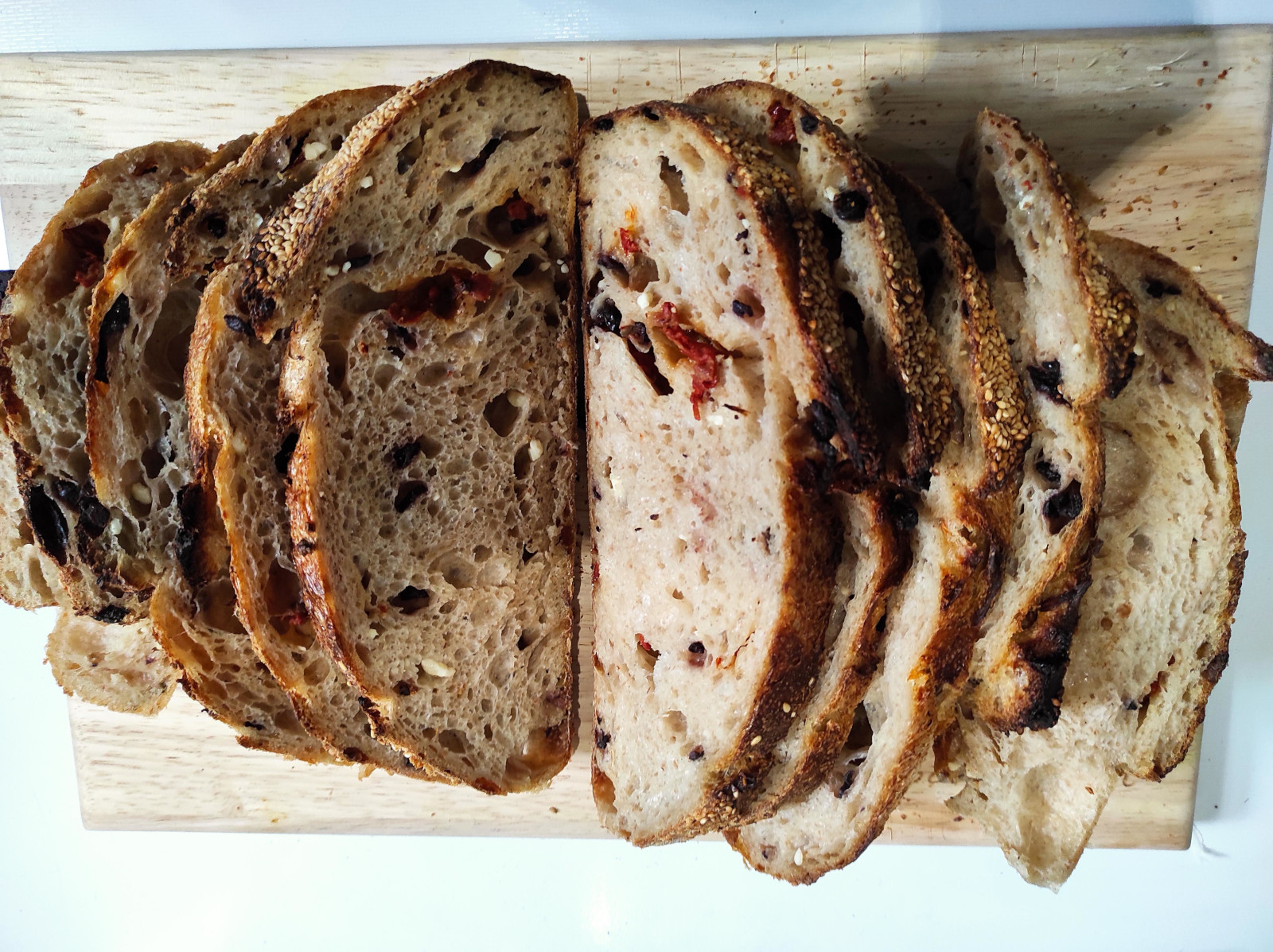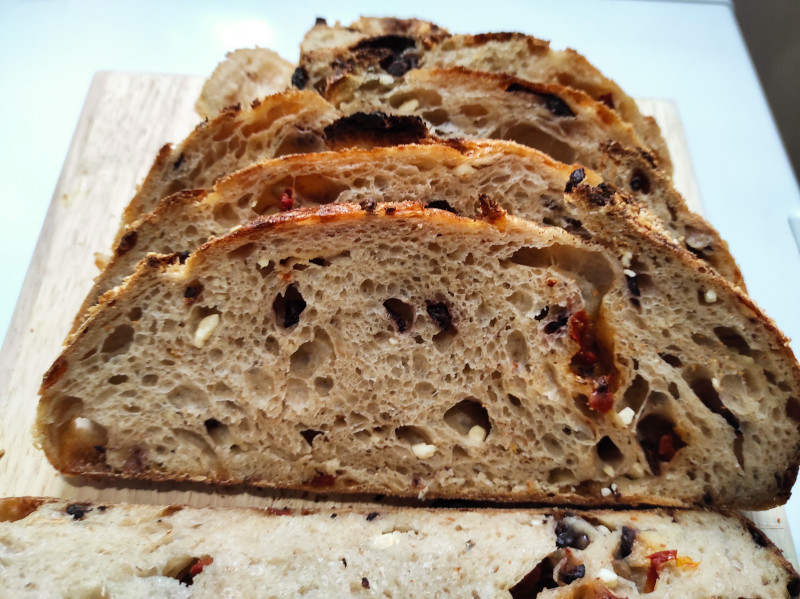
Flour stress test question
After not having been able to achieve a windowpane test lately after 2 or even 3h autolyze, I decided to do a flour stress test today to see how my bread flour would react depending on the hydration level
Here is the flour I used for the test and for my recent bakes (that did all prove to be very challenging: no windowpane at the end of the autolyse nor any proper oven rise, very tight crumb etc....)
https://1847.ca/product-category/shop-bread-flour/
The protein content is 13,5% - I am not sure what kind of flour it is, to be honest, but it's clearly not white
Here's the description from the website: Perfected with professional sourdough bakers and blended for full bodied flavour and texture. Notes of cinnamon and fresh cut wheat fields will shine through in your baking. Made from a blend of hard red spring wheat to deliver exceptional protein content resulting in high gluten development and oven bounce. Best used in sourdough bread, pizza dough and naan
So here are the results: I checked after 2h and 3h, and still no windowpane (or very timid), whatever the hydration (70-75-80-85%). All of them were very sticky and very easily tearable (if it's a word)
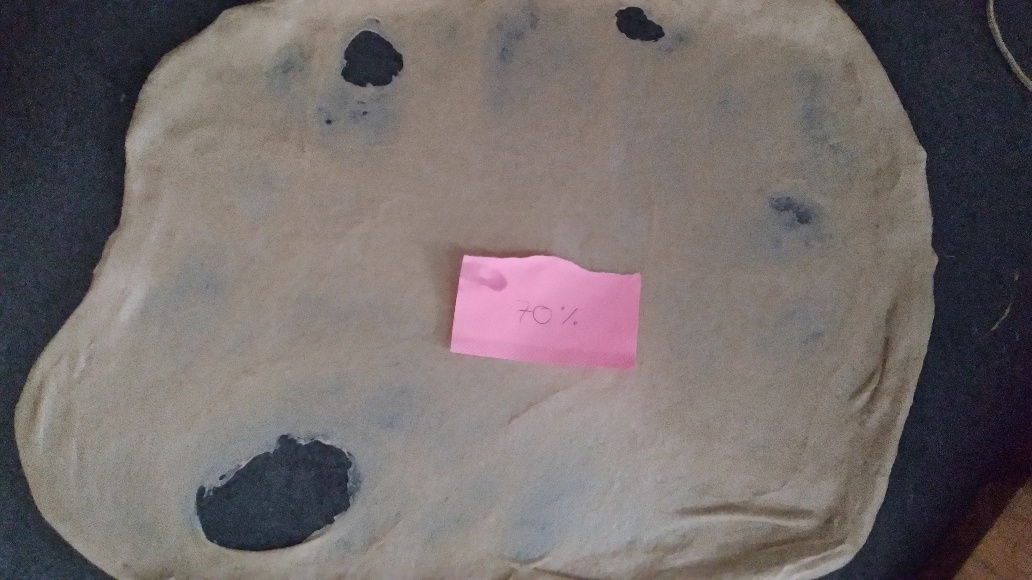
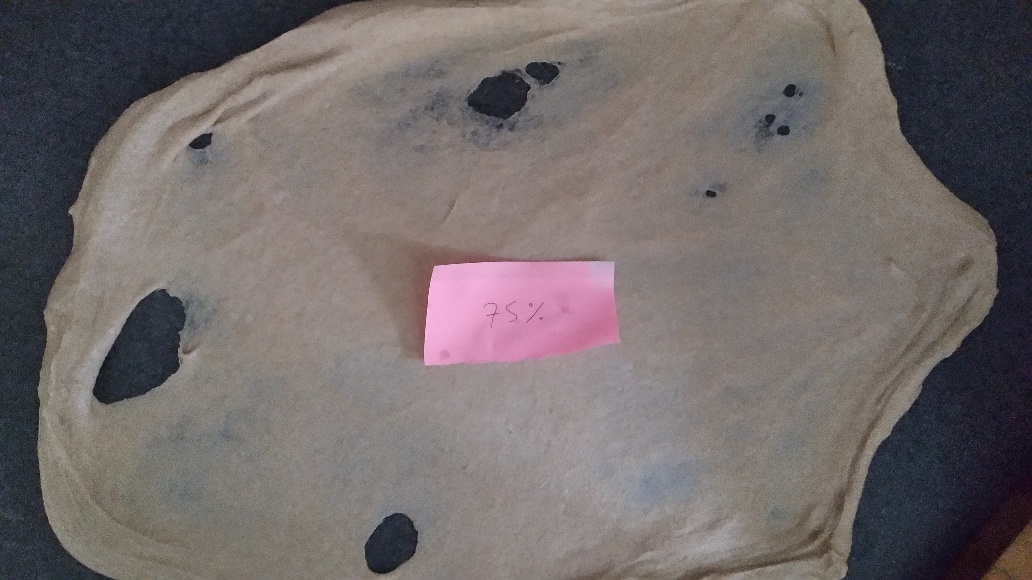
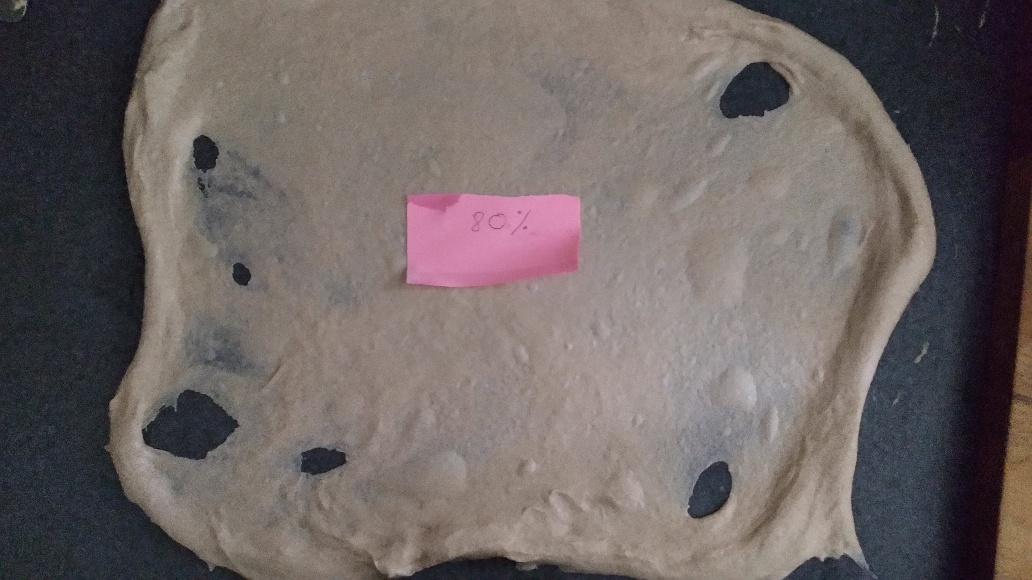
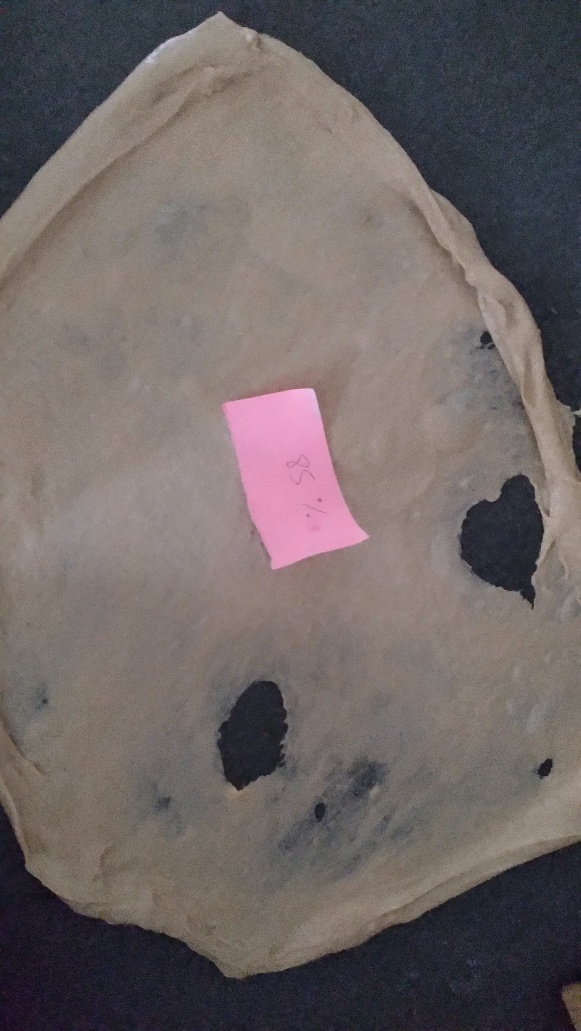
So does anybody have any idea what's happening here? Is it due to the flour?? It seems to be a very different kind of flour than a regular white bread flour, and I don't know what to do of that....Which is a shame, as I have 20kg of it!!! :-))))





